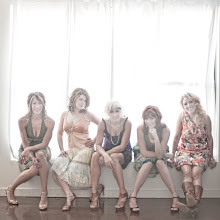Pueblo Of Acoma
 Acoma, which means People of the White Rock, has been inhabited since before the 12th century. Most of the present day people have residences in other parts of the reservation or in several farming villages, but at no time is the Pueblo on the mesa without several families living in the old houses caring for the Franciscan Mission church of San Estevan, established in 1629, which, with the entire pueblo, has been proclaimed a National Historic Landmark.
Acoma, which means People of the White Rock, has been inhabited since before the 12th century. Most of the present day people have residences in other parts of the reservation or in several farming villages, but at no time is the Pueblo on the mesa without several families living in the old houses caring for the Franciscan Mission church of San Estevan, established in 1629, which, with the entire pueblo, has been proclaimed a National Historic Landmark.
The Acoma society is a matriarchal and the woman owns the dwellings and the household possessions. The youngest daughter in each family inherits the pueblo dwelling. In the case where a family has only boys, the youngest daughter of the youngest son will inherit the dwelling.

Acoma Pueblo consists of rows of Centuries-old, two and three story Adobe buildings that intentionally lack electricity and running water. Attending a dance here is a memorable experience. the dancer and singers emerge from the kiva,descend tall ladders and make their way to the small central plaza.the drummer begins the cadence and the steady thumping of feet resounds off the earth, complemented by the percussive sound of rattles and bells tied to the dancer's limbs. Still most families maintain homes on the mesa top, which they occupy during many multi-day celebrations.


<< Home